The Fatal Five
Every week, around 35 people die on UK roads. If you’re shocked by that statistic, you should be; nearly half a dozen deaths every day is not a number to be comfortable with, yet our roads are among the safest in the world – and they’re generally safer than they’ve ever been. All road users have their part to play in reducing the number of casualties, but you might not feel equipped to talk to your child about how important it is that they take care when driving.
To help you, we’ve put together a series of sheets that tell you all you need to know about the most common reasons for crashes on our roads, and how to help prevent them. They're called the Fatal Five because they're five of the most common reasons why young drivers are involved in a serious collision. What we can’t do is have the conversation for you, and while talking to your child about road safety may be difficult, it’s something that you’ll find much easier with the relevant facts at your fingertips.
Watch a short video about the Fatal Five
Talking about it
Some parents can talk to their children about anything, while others find it very hard to broach certain subjects. Sometimes it can be hard to talk about things that are good for your child without coming across all preachy, but it’s really important that you spend time tackling the Fatal Five because these are the things most likely to lead to your child being involved in a crash.
Just introducing the subject out of the blue might not go down too well, so putting things into context can help. If you see a news story about a collision that’s happened, use that as your opener; show it to your child and just make them aware of it, even if you don’t have a discussion there and then. In the context of your child being a new driver it won’t seem so weird.
Also, don’t tackle all of the five topics if you don’t think they’ll apply. If your child never touches alcohol there’s no need to discuss the dangers of drink driving with them. Similarly, if they always belt up when they get into a car, there’s little point trying to reinforce the importance of wearing a seatbelt when driving. The key thing to remember is that while having a conversation may seem hard, not having one could be much more painful.
Download the fact sheets to frame your discussions
Why crashes happen
The number one cause of accidents is failing to look properly, which accounts for over a third of all collisions; a couple of extra seconds checking before manoeuvring can make the difference between life and death. Next on the hit list is failing to judge another driver’s path or speed. This is often combined with failing to look properly; it’s simply not giving yourself enough time to prepare for the manoeuvre you’re about to make.
The classic scenario is a driver pulling out of a junction because they reckon it’s safe, when it isn’t – this often happens because a driver glances very swiftly left and right and pulls out of a junction without quite stopping first. Again, an extra couple of seconds weighing up the situation is all that’s needed to prevent a potentially fatal situation from arising.
Almost as common a cause of crashes is being careless, reckless or in a hurry; once again not focusing enough on the surroundings. Instead of holding back and weighing up the situation, this is about keeping that pedal to the metal and driving into a situation which you would have seen unfolding if only you’d given it a bit more time.
Below is the full list of the 10 most common reasons for crashes in the UK, in order. Speeding sits outside the top 10 for drivers as a whole, but those aged 17-24 are much more likely to crash from driving too fast for the conditions.
Failed to look properly 42%
Failed to judge other person's path or speed 21%
Careless, reckless or in a hurry 16%
Loss of control 14%
Poor turn or manoeuvre 14%
Pedestrian failed to look properly 10%
Slippery road (due to weather) 10%
Sudden braking 7%
Travelling too fast for the conditions 7%
Following too close 7%
Watch a shoRt video about why crashes happen
Rural roads and weather conditions
As you can see from the list of most common collision causation factors above, the majority are down to driver error. This is good news, of course, because it means we can make improvements and lower our chances of being involved in a crash. However, there are factors beyond our control that can have a significant impact on how challenging a particular drive is and how likely we are to be faced with many of the causation factors. For example, if it starts pouring with rain then we'll have to increase our stopping distance, reduce our speed and focus more closely on identifying hazards earlier. We can't control the weather, but we can control our reaction to deteriorating weather conditions. Similarly with rural roads; they pose some of the greatest driving challenges due to poor visibility, unpredictable hazards, uneven or mud-covered road surfaces. Being aware of how factors beyond our control effect our risk is the first step in making ourselves safer. The two films below explain the risks of rural roads and different weather conditions, providing actionable tips on how to manage them.
Watch a short video about rural roads
Watch a short video about weather conditions
the frontal lobe
The human brain features a section called the frontal lobe, which controls our decision making. This lobe isn’t fully developed until our late 20s, although it tends to reach maturity more quickly in females. As a result, young males are more likely to make a daft decision when driving, because they’re biologically programmed to do so.






